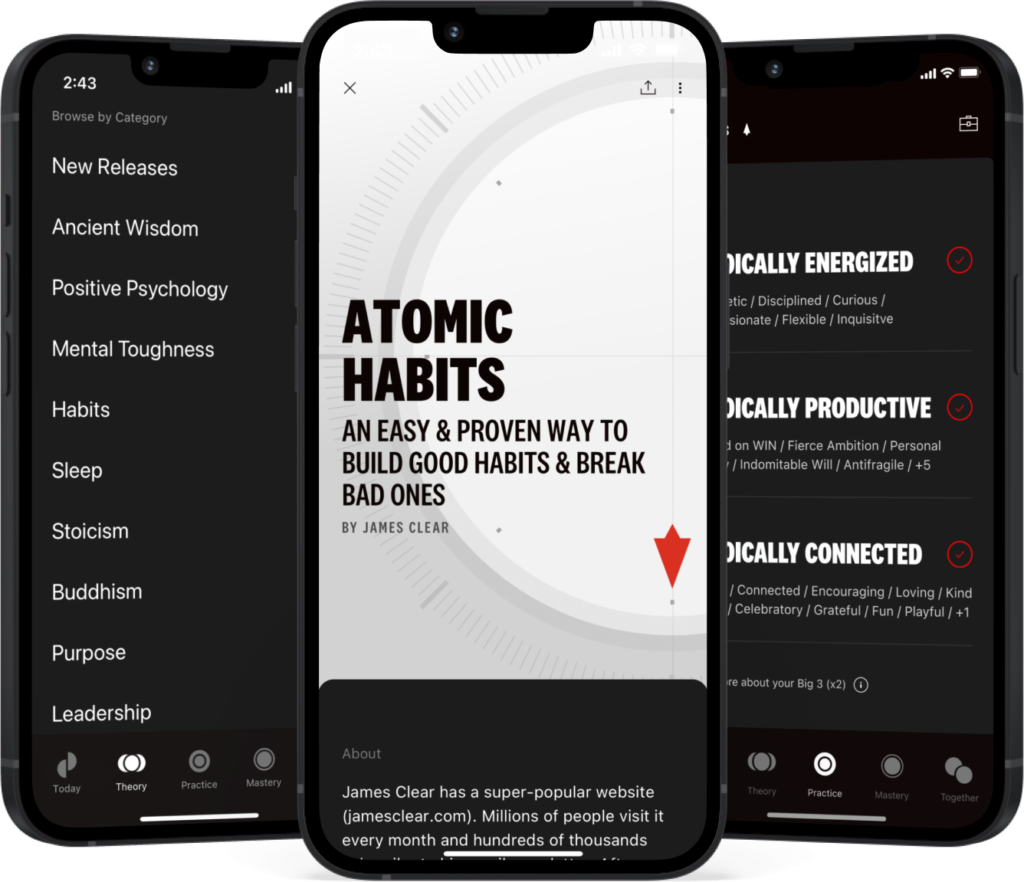Body Fat Percentage Calculator
Understanding Body Fat Percentage: A Key Metric for Health and Fitness
Introduction:
Body fat percentage is a crucial metric for assessing overall health and fitness levels. Unlike other measurements like Body Mass Index (BMI) or Waist-to-Height Ratio, body fat percentage provides a more accurate representation of your body composition. In this article, we will explore what body fat percentage is, how to measure it, its benefits and limitations, and how to use this information to improve your health and fitness.
What is Body Fat Percentage?
Body fat percentage is the proportion of fat in your body compared to your total body weight. It takes into account both essential fat, which is necessary for normal physiological functioning, and stored fat, which serves as an energy reserve. A healthy body fat percentage varies based on factors such as age, sex, and genetics.
Looking to make a change? We recommend Heroic.
“HEROIC IS THE BEST SELF-DEVELOPMENT PLATFORM IN THE WORLD.”
— John Mackey, Founder & Former CEO of Whole Foods Market
Start your FREE 30-day Premium access today
How to Measure Body Fat Percentage:
There are several methods for measuring body fat percentage, including:
- Bioelectrical impedance analysis (BIA): This method uses a small electrical current to estimate body fat percentage based on the body’s resistance to the current.
- Skin caliper measurements: This technique involves measuring the thickness of skinfold at specific sites on the body and using equations to estimate body fat percentage.
- Dual-energy X-ray absorptiometry (DXA): This advanced method uses X-ray technology to provide a detailed analysis of body composition, including body fat percentage.
- U.S. Navy method: This method estimates body fat percentage using measurements of waist, neck, and hip (for females) circumferences, along with height.
Using Body Fat Percentage to Improve Health and Fitness:
Here are some ways to use body fat percentage as a tool in your health and fitness journey:
- Assess your current fitness level: Knowing your body fat percentage can help you understand your current fitness level and identify areas for improvement.
- Set realistic goals: Based on your body fat percentage, you can set achievable goals for fat loss or muscle gain, tailored to your specific needs and fitness level.
- Track your progress: Monitoring changes in your body fat percentage over time can help you gauge the effectiveness of your nutrition and exercise plans and make adjustments as needed.
Limitations of Body Fat Percentage Measurements:
While body fat percentage is an essential metric for assessing health and fitness, there are some limitations to consider:
- Measurement accuracy: The accuracy of body fat percentage measurements can vary depending on the method used. Advanced techniques like DXA provide the most accurate results, while methods like BIA and skin caliper measurements can be more prone to errors.
- Individual variations: Factors like age, sex, and genetics can influence healthy body fat percentage ranges, making it essential to consider individual differences when interpreting results.
- Does not provide a complete picture: While body fat percentage is a valuable indicator of health and fitness, it should be used in conjunction with other metrics, such as BMI, Waist-to-Height Ratio, and muscle mass, for a comprehensive understanding of your overall health.
Conclusion:
Body fat percentage is a critical metric for understanding your health and fitness level, offering insights into your body composition and potential health risks. By monitoring your body fat percentage and using it alongside other health indicators, you can make informed decisions about your nutrition and exercise plans, ultimately leading to a healthier and more balanced lifestyle. Be aware of the limitations of body fat percentage measurements and consider using multiple methods to obtain a comprehensive view of your overall health.
